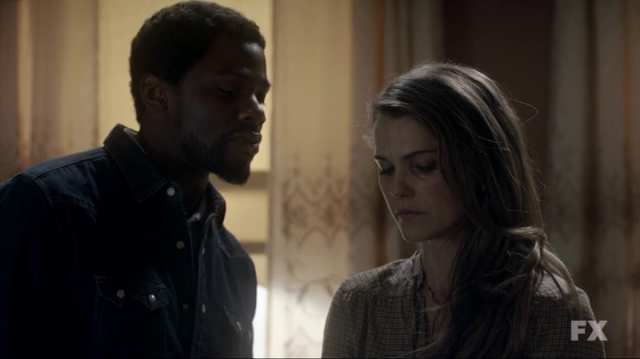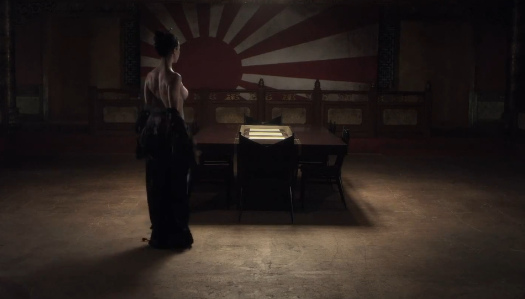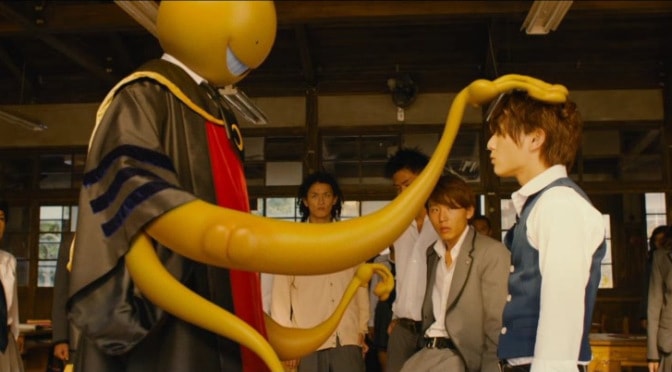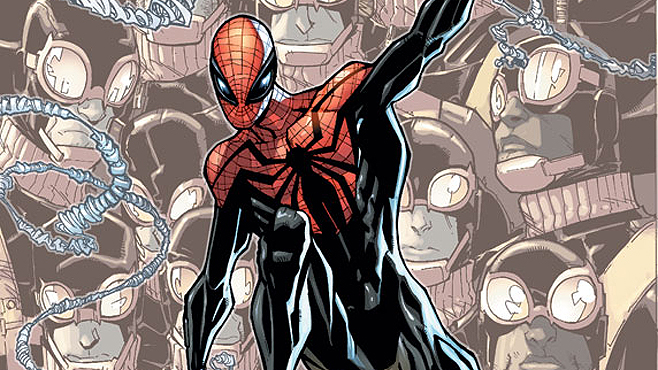We’re clearly living in a golden age of CRPG games. Titles like Shadowrun: Hong Kong, Pillars of Eternity, Wasteland 2, and Divinity: Original Sin hearken back to the old days of PC RPGs in the best way possible, with massive stat sheets and huge, reactive worlds to play around in. These games offer hundreds of hours of role playing bliss, making an honest attempt at the holy grail of RPG gaming: the true emulation of Pen and Paper.
However, do any of these games stack up against what is still considered the greatest CRPG experience of all time? Do any of these modern titles have what it takes to dethrone Baldur’s Gate 2 as the largest, most immersive, and most reactive RPG ever released? And why is it we’re still comparing modern games to a 2000 title?
To start with, we need to understand the significance of Baldur’s Gate 2 and talk about why it’s such an important title. As the name suggests, it’s the second in the Baldur’s Gate series, a 2000 follow up to the 1998 original. Players once again take control of a player made character as well as a party of up to five additional NPC characters recruited throughout the game, often within the first few hours.
Gameplay wise, BG2 didn’t really innovate on it’s predecessor’s original build. The graphic capabilities are largely unchanged, still using the Infinity Engine. Combat took place in real-time, with the ability to pause at any time by hitting space or setting up auto-pause triggers, such as character death or at pre-determined time intervals. Other then that, it was hands off, as the player queued up actions and watched as the game rolled invisible die to determine outcomes. It was a game about positioning, micro-management, stat-balancing, and a decent amount of luck at times.

Divinity offers a reactive world, but lacks great memorable companions.
The reason BG2 is so well remembered, however, isn’t because of it’s gameplay, but rather it’s ability to emulate the proper Pen and Paper experience so often sought by RPG gamers. Sure, the game used Advanced D&D second edition for it’s rules, but it was the actual way the game interacted with you as a player, or rather, the way you interacted with the game, that pushed it into legend. This was a proper D&D campaign, only instead of your friends in a basement using loose-leaf and Lego figures, everything was put on display properly and easily accessible.
Every action had a reaction, often spiraling into an adventure of it’s own, even while you made an attempt at clearing the massive 60+ hour main campaign. There are no quick and easy side quests in BG2 as your every interaction spawns a new plot to uncover, sometimes including a dungeon to overcome. It’s been estimated that there’s a possible 150-300 hours of possible gameplay in a playthrough, and that doesn’t even account for replaying the game using different choices. For reference, it’s been estimated you can learn the basics of a new language in about the same amount of time.
BG2‘s story, the way it drew the player in, and its simple but approachable take on D&D 2 are why it’s still considered a legend, and often used as the high watermark for modern CRPGs. So how do any of the modern contenders do against it? Let’s take a look.
The best thing about BG2 is, in my opinion, it’s completely reactive world. There are few, if any, throwaway decisions, and even the most minor choice can often lead you down a winding path of adventure. There’s an estimated 57,000 lines of dialogue in the game, making it one of the longest scripts ever written.

Pillars of Eternity offers a true contender for the Baldur’s Gate 2 crown, from much of the same team.
The trade-off is that, unlike many of it’s contemporaries, BG2 is largely un-voiced. There’s barks that play when speaking to certain individuals, and important lines of dialogue, especially companion dialogue, have VO lines, but the vast majority, probably 75%-80% of the game’s dialogue is delivered silently, forcing the player to read it to themselves.
This delivery is usually seen as distasteful in modern games, even RPGs. Most gamers, especially those of the second wave that came with the Xbox 360 or PS3, don’t like the idea of reading out every line of dialogue, and it’s usually seen as something of a detraction for games these days.
Some modern RPGs follow in it’s footsteps, and often their better for it. Pillars of Eternity, probably the closest we’ll ever see to a Baldur’s Gate 3 is also largely unvoiced, sans companions occasionally. Similarly, the Shadowrun games feature almost no VO work whatsoever, save the introduction to Hong Kong. The original releases of Divinity: Original Sin and Wasteland 2 featured sparse VO work, although both have since released updated 2.0 versions that added substantial voice acting, particularly the former, which added VO for every line of dialogue.

Wasteland 2 focuses on tactical combat rather than an individual story.
It’s not just voiced dialogue though, but the re-activity of the game world that makes a game worthy of BG2 standard. The world needs to react to the player’s decisions, however minor. This is something we’ve seen emulated very effectively in modern RPGs. It’s a great strategy from a design standpoint too, since giving the player choices makes them feel more connected to the game they’re playing, but it also encourages replaying the game over and over to see how different choices change the story.
All of this helps reinforce the idea that Pen and Paper games strive for, a truly dynamic game that changes based on the player’s input. There’s nothing wrong with linear, scripted games, in fact some of my favorite games are exactly this. Furthermore, there’s nothing inherently wrong with a scripted RPG experience, as we’ve seen in Persona 4, The Witcher 3, or Mass Effect 2. Yes there’s choices to be made, but you’re not making them from the platform of a mostly predetermined character. It’s less like writing your own story, more like playing a choose-your-own-adventure book. It’s a bit hard to explain, but play Mass Effect 2, then play Divinity: Original Sin and you’ll sort of understand what I’m talking about.
Maybe one day we’ll see a game to finally dethrone BG2 from it’s lofty peak, or maybe I’m just seeing it through rose-tinted glasses preventing me from seeing what’s right in front of me. Modern RPGs are great, probably some of the best in the genre ever released, but none of them can truly capture the feel of Pen and Paper quite like Baldur’s Gate 2 does, and I doubt any ever will.
-Andrew Vandersteen





